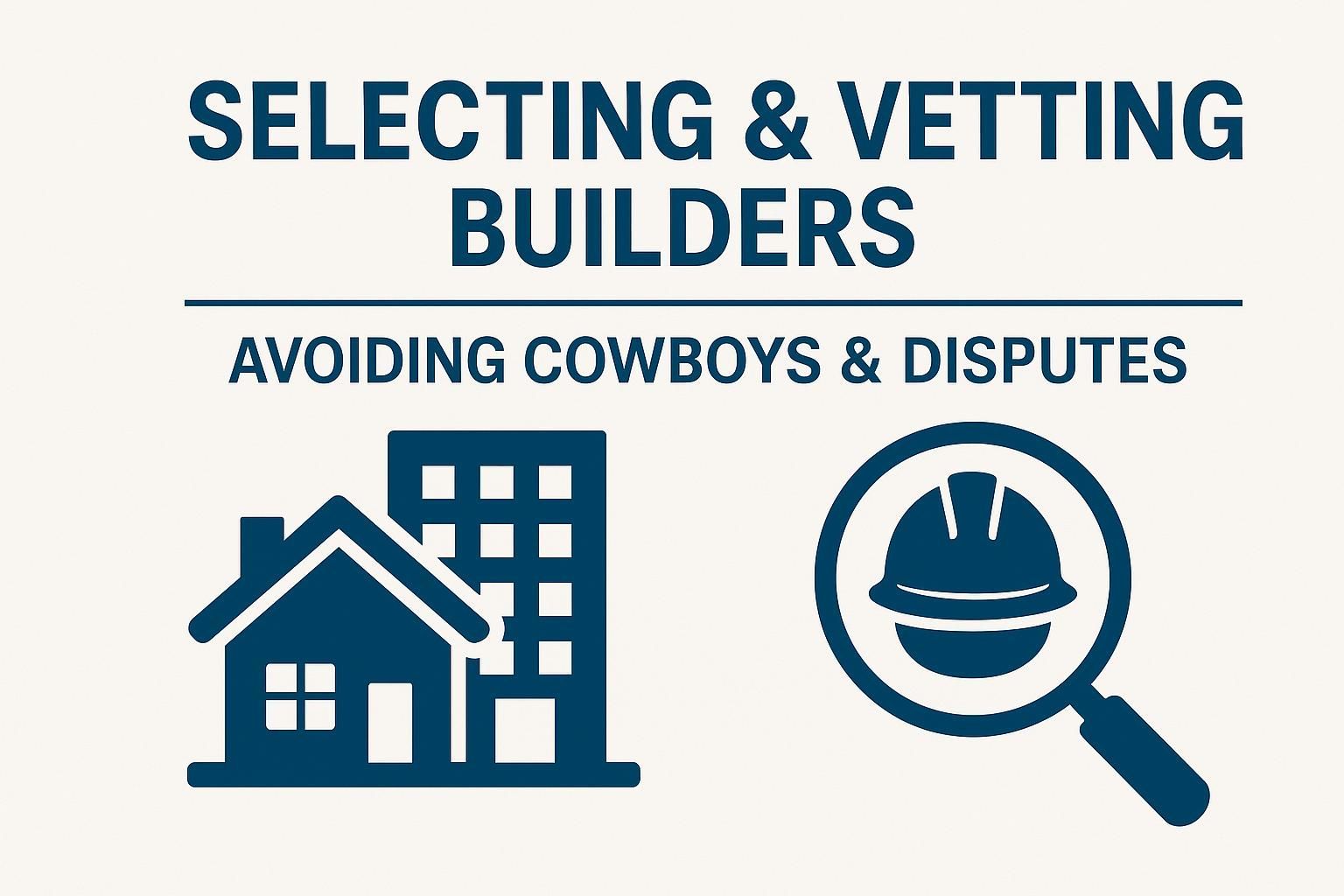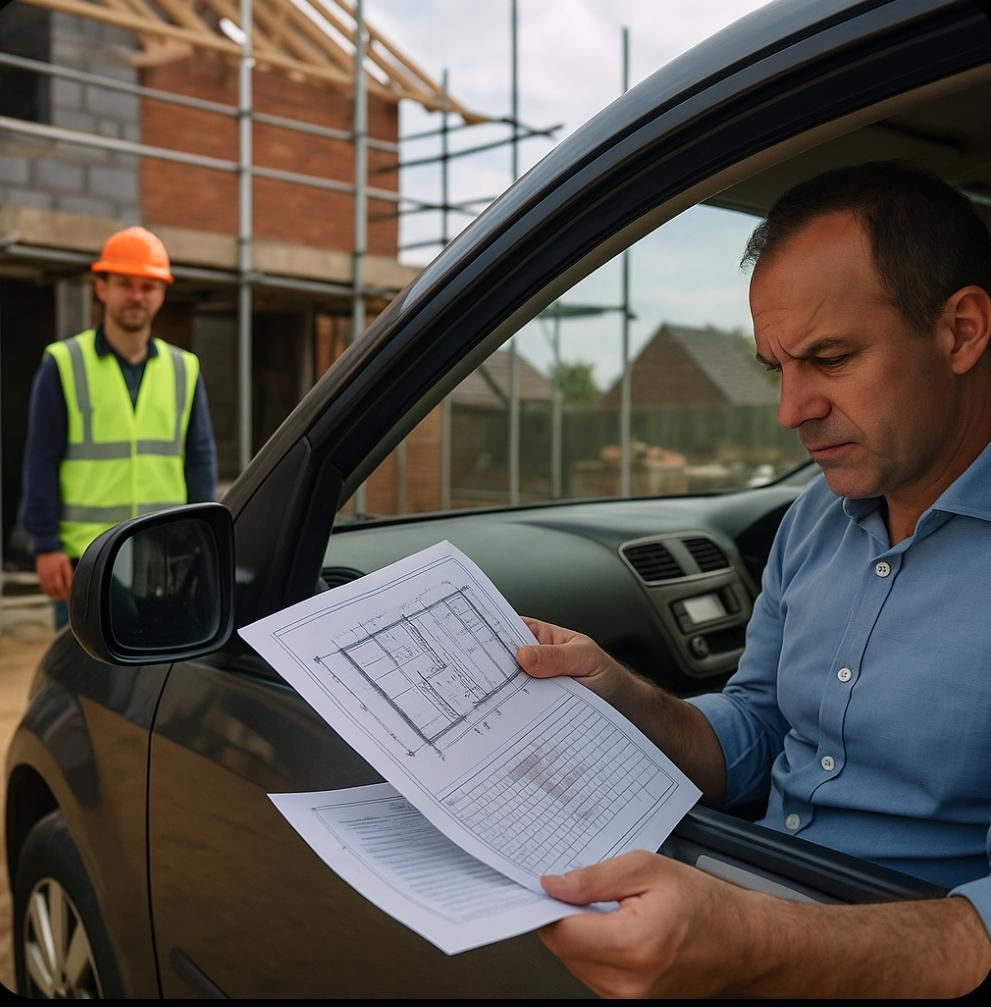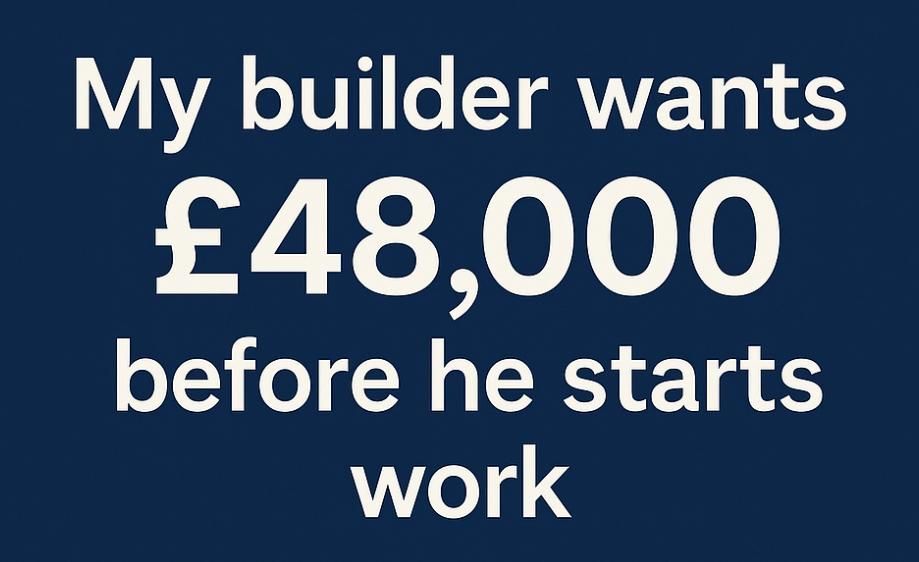Getting Your Garden Ready for Spring: A Simple Guide for the Easter Weekend
Spring Renewal: A Gardener's Guide for the Easter Weekend

With the Easter weekend upon us, it's a great time for everyone in the UK to get back into the garden. The weather is finally getting better, making it perfect for starting to tidy up and plant new things.
Here's an easy guide to help you get your garden looking lovely.
Starting with a Clean Slate
First things first, let's clean up. Winter can leave the garden a bit messy, so grab a rake or a broom and clear away any dead leaves and branches. This will make your garden look neat and ready for new plants.
Prepping the Ground
Next, let's get the soil ready. If the ground is hard, use a fork to turn it over and loosen it up. This will help new plants' roots grow deep into the soil. Adding some compost or old manure will give your plants a boost, making them grow strong and healthy.
What to Plant
Now for the fun part - choosing what to plant. Go for a mix of flowers and vegetables. Early spring is a good time to plant things like sweet peas, lettuce, and onions. And don’t forget about summer flowers. Planting bulbs now will give you beautiful blooms in a few months.
Planting Tips
When you’re planting seeds directly into the soil, make sure you follow the instructions on the packet. Some seeds need to be planted deep, while others can just be scattered on top. Water them gently to help them settle in. For young plants or seedlings, dig a little hole for each one, place it in gently, and press the soil around it. Give them plenty of water to start with, so they don’t dry out.
Keeping Your Garden Happy
Watering is key. Try to water your plants in the early morning or late afternoon to avoid the water evaporating too quickly. Sometimes in the UK we don’t have to worry about this too much because the weather forecast deals with it!
Weeds can be a pain, so try to pull them out regularly. This keeps your garden tidy and makes sure your plants aren’t fighting for food and water. And, if you notice bugs that shouldn’t be there, try to find a natural way to deal with them. Sometimes, just a spray of water can knock pests off your plants.
Enjoying Your Garden
Your garden should be a place you love to spend time in. Set up a little area where you can sit and enjoy the flowers and the sunshine. Maybe even get a bird feeder to attract some wildlife.
Wrapping Up
The Easter weekend is the perfect time to get your garden ready for spring. A little bit of cleaning, some soil prep, and planting can go a long way. So, grab your gardening gloves, and let's make the most of this season.
Share Your Story
Got any tips or stories from your own garden this Easter? Drop them in the comments on our social
Media posts. We’d love to hear how you’re making your garden special this year.
The Building Guidance Partnership : Telephone (020) 8076 3110 : WhatsApp +44 7507 705376 : www.theBGP.co.uk



